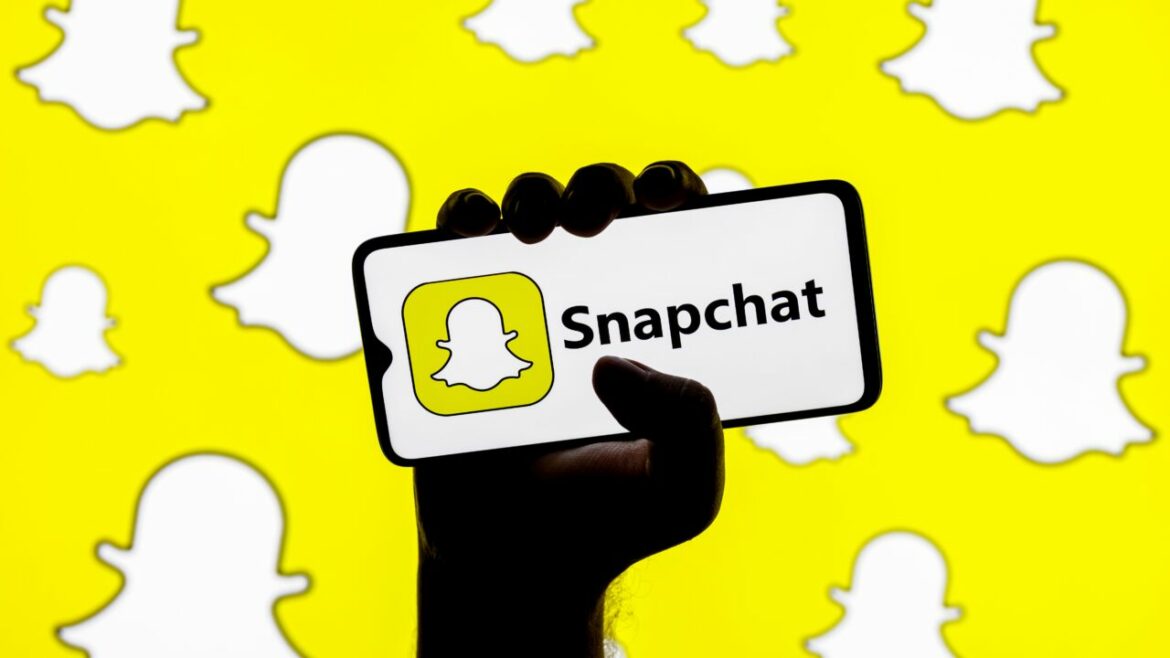Introduction:
Snapchat, the popular multimedia messaging app, has come a long way since its inception in 2011. As we delve into the evolution of Snapchat, we will explore how it revolutionized visual communication and became an integral part of our digital lives. Join us on this captivating journey through images as we revisit the key milestones that shaped Snapchat’s growth from 2000 to the present.
The Birth of Snapchat (2000-2011):
Image description: A screenshot of the original Snapchat concept, dating back to 2000, showcasing its simple interface.
In 2000, Evan Spiegel, Reggie Brown, and Bobby Murphy, students at Stanford University, envisioned a platform for temporary photo-sharing. Although the original concept lacked many features, it laid the groundwork for the revolutionary app we know today.
The Launch of Snapchat (2011):
Image description: A snapshot of the very first version of Snapchat released in September 2011, with basic image messaging functionality.
Snapchat officially launched in September 2011 under the name “Picaboo.” It allowed users to send self-destructing images that vanished within seconds of being viewed. The idea of ephemeral messages captured the attention of users, especially the younger demographic.
The Introduction of Stories (2013):
Image description: A collage of screenshots demonstrating Snapchat’s “Stories” feature introduced in October 2013.
Snapchat introduced the Stories feature in October 2013, enabling users to share photos and videos that remained visible for 24 hours before disappearing. This innovation transformed Snapchat into a content-sharing platform and increased its appeal among influencers and celebrities.
The Spectacles (2016):
Image description: An image showcasing the Snapchat Spectacles, stylish sunglasses with built-in cameras, launched in 2016.
In 2016, Snapchat expanded into hardware with the release of Spectacles. These trendy sunglasses allowed users to capture and share real-life moments from their perspective, creating a unique and immersive experience.
Redesign and Backlash (2018):
Image description: A screenshot comparing the original Snapchat interface with the controversial redesign released in 2018.
In early 2018, Snapchat underwent a significant redesign aimed at simplifying navigation. However, the update received widespread criticism from users, celebrities, and influencers, citing difficulty in finding and interacting with content. Snapchat later addressed some concerns but learned valuable lessons about user experience.
Augmented Reality Filters (AR) (2019):
Image description: A compilation of images showcasing various Snapchat AR filters, including popular ones like dog ears, flower crowns, and face swaps.
Snapchat’s Augmented Reality (AR) filters took the world by storm in 2019. Users could transform their faces with playful filters, making it a cultural phenomenon and propelling the app to even greater popularity.
Spotlight: Snapchat’s Short Video Platform (2021):
Image description: Screenshots displaying the Spotlight feature on Snapchat, the platform’s response to the rising popularity of short-form video content.
In 2021, Snapchat launched “Spotlight,” a section dedicated to short-form vertical videos. The feature aimed to compete with other short-video platforms like TikTok, providing a vast audience and monetary incentives for content creators.
Conclusion:
Snapchat’s evolution from a basic photo-sharing app in 2011 to a global multimedia platform in the present day showcases the power of innovation and user engagement. Its unique features, creative filters, and constant adaptation to changing trends have allowed it to remain relevant in an ever-evolving digital landscape. As technology continues to advance, Snapchat’s journey will undoubtedly keep unfolding, presenting new opportunities and challenges for the app and its dedicated user base.
